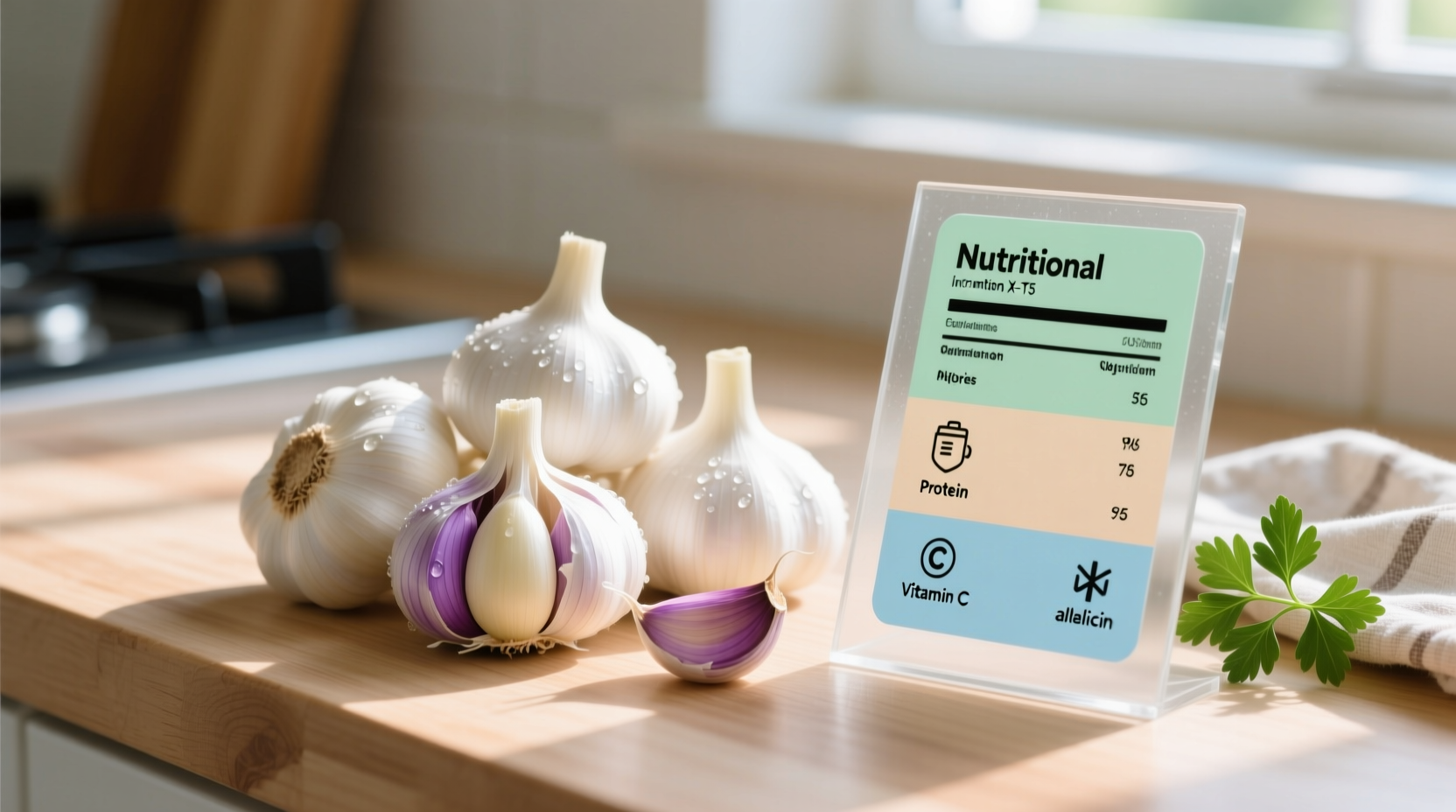Garlic is generally safe when consumed in food amounts, but can cause side effects including bad breath, heartburn, digestive issues, and increased bleeding risk. Serious side effects are rare but possible with high doses or supplements, particularly for those taking certain medications or with specific health conditions.
As a researcher of historical spice traditions across Europe, I've examined how garlic has been both celebrated and approached with caution throughout culinary history. While its flavor-enhancing properties and potential health benefits are well-documented, understanding garlic's potential side effects is crucial for safe consumption in both cooking and supplement form.
Common Garlic Side Effects You Might Experience
Most garlic side effects are mild and occur primarily with raw garlic consumption or supplements. These typically affect people differently based on individual tolerance and consumption amount:
- Bad breath and body odor - Sulfur compounds are absorbed into your bloodstream and expelled through lungs and pores
- Heartburn and acid reflux - Particularly when consuming raw garlic on an empty stomach
- Digestive discomfort - Including gas, bloating, nausea, and diarrhea
- Mouth or throat irritation - From handling or consuming raw garlic
| Common Side Effects | Frequency | When They Typically Occur |
|---|---|---|
| Bad breath (halitosis) | Very common | Within 30 minutes of consumption |
| Heartburn/acid reflux | Moderately common | 30-60 minutes after eating |
| Digestive upset | Moderately common | 1-3 hours after consumption |
| Skin irritation (from handling) | Less common | Immediately upon contact |
Serious Side Effects Requiring Medical Attention
While rare, some garlic side effects can be serious, particularly with high consumption levels or supplements:
- Bleeding complications - Garlic may slow blood clotting, increasing bleeding risk during surgery or for people with bleeding disorders
- Allergic reactions - Some individuals experience skin rash, swelling, or difficulty breathing
- Low blood sugar - Garlic may enhance blood glucose-lowering effects, problematic for people with diabetes
- Liver concerns - Documented in rare cases with excessive garlic supplement use
Who Should Exercise Caution with Garlic?
Certain populations need special consideration when consuming garlic, particularly in supplement form:
| Population | Recommended Precaution | Source |
|---|---|---|
| People taking blood thinners (warfarin, aspirin) | Avoid high-dose supplements; consult doctor about dietary amounts | NIH |
| Those scheduled for surgery | Stop garlic supplements at least 7-10 days before procedure | Mayo Clinic |
| Pregnant or breastfeeding women | Food amounts are likely safe; avoid medicinal doses | NIH |
| People with digestive sensitivities | Limit raw garlic; try cooked garlic which is gentler | National Library of Medicine |
Important Garlic-Drug Interactions
Garlic can interact with several medications, potentially reducing effectiveness or increasing side effects:
- Blood thinners - May enhance effects of medications like warfarin, increasing bleeding risk
- HIV medications - May decrease levels of saquinavir and other protease inhibitors
- Diabetes medications - May enhance blood sugar-lowering effects, potentially causing hypoglycemia
- Protease inhibitors - Garlic supplements may reduce effectiveness of certain HIV medications
If you take prescription medications, consult your healthcare provider before starting garlic supplements to avoid potential interactions.

Safe Consumption Guidelines
Research suggests these general guidelines for safe garlic consumption:
- Food amounts - 1-2 cloves (approximately 4 grams) per day is generally well-tolerated
- Garlic supplements - Typical doses range from 600-1,200 mg daily, often divided
- Garlic oil - 0.03-0.1 mL two to three times daily
- Aged garlic extract - 600-1,200 mg daily
Start with small amounts to assess your tolerance, especially with raw garlic. Cooking garlic typically reduces side effect intensity compared to raw consumption while preserving many beneficial compounds.
When to Consult a Healthcare Provider
Seek medical advice if you experience:
- Prolonged or severe digestive issues after garlic consumption
- Signs of allergic reaction (hives, swelling, difficulty breathing)
- Excessive bleeding or bruising without apparent cause
- Symptoms of low blood sugar if you have diabetes
- Planning surgery within the next two weeks
Practical Considerations for Daily Use
Garlic remains a valuable culinary ingredient with potential health benefits when consumed appropriately. For most people, culinary use presents minimal risk, while supplements require more caution. Consider these practical tips:
- Crush or chop garlic and let it sit for 10 minutes before cooking to maximize beneficial compounds
- Pair garlic with lemon or parsley to help reduce breath odor
- If experiencing digestive issues, try black garlic which is fermented and gentler on the stomach
- Keep a food diary to track your personal tolerance to different garlic preparations











 浙公网安备
33010002000092号
浙公网安备
33010002000092号 浙B2-20120091-4
浙B2-20120091-4